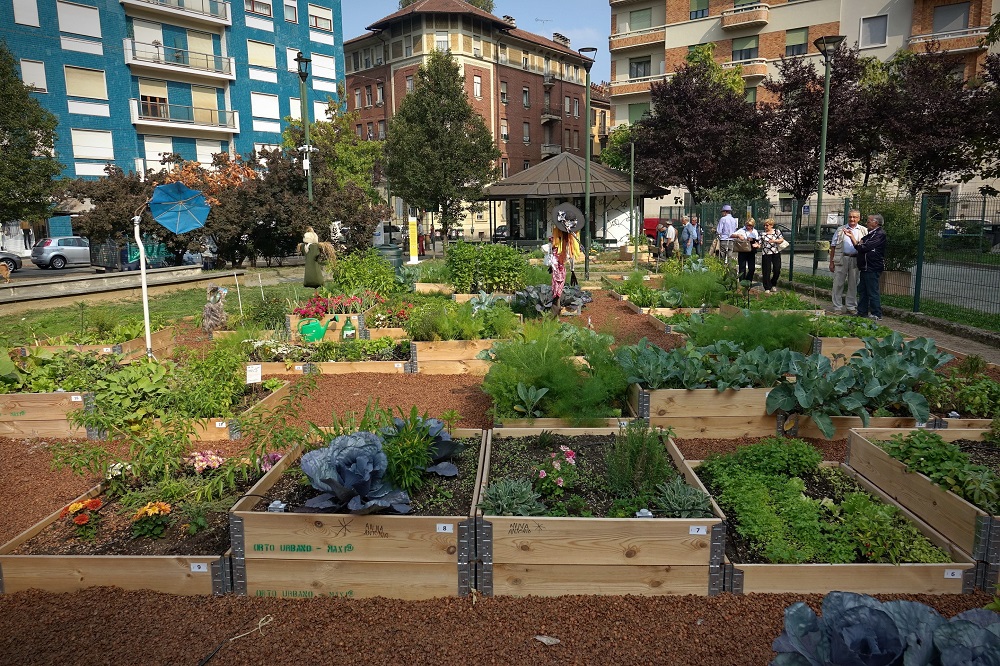PARIS, May 1 — Thinking about cities in terms of time, that’s the principle behind chrono-urbanism. The philosophy that is at the root of the concept of the “15-minute city,” it envisions multiple uses for one place in order to offer more flexibility, according to the time of day. And the stakes are even greater in the midst of the covid-19 pandemic.
What if we turned roads into parking lots at night? What if educational spaces became shelters at night? What if the rooftops of our buildings could also be used as gardens? What if restaurant terraces took shape on parking spaces... Do you follow? All these are examples that come from chrono-urbanism.
The idea is an outgrowth of the concept of “neighbourhood units” developed by the American planner Clarence Perry in the early 1900s (neighbourhood unit); chrono-urbanism is defined by the management of cities according to time.
And in an op-ed published in 2016, smart city scientist Carlos Moreno brought the concept to the forefront again with “the 15-minute city.” Organising urban areas this way would allow all residents to access basic needs within a 15-minute walk or bike ride. This idea, adopted by the city of Paris in January 2020, but also by London, Johannesburg, Hong Kong, Mexico City and Los Angeles in May of the same year, requires a rethinking of access to housing, work and leisure facilities.
Saturation and the modern urban model
In an interview published in December 2020, by the Ogic group, a real estate developer, the geographer and urban planner Luc Gwiazdzinski stated that different activities’ urban spaces were too fragmented. Each urban area has a precise function, separating the urban area into neighbourhoods, in the principles set out by the Athens Charter, developed by Le Corbusier in 1993.
These different functional districts lead to “a constant race to try to organise personal and professional life, and to resynchronise each of them.” Travel times are extended to get from home to work, leisure facilities are located at the other end of the business districts, and supermarkets are located elsewhere... This so-called functional model pushes the inhabitants to saturation. “It’s no coincidence that the diseases of the century are burn-out and depression,” explains Luc Gwiazdzinski. “So many things that are linked to the fact that we can no longer arbitrate between everything that needs to be done, or rather with everything that can be done.”
There’s a reason why, before the covid-19 pandemic, fitness activities were often done during the lunch break. Sometimes even among colleagues.
The challenge of chrono-urbanism in the time of corona
For more than a year, the separate neighbourhoods envisioned by the Athens Charter have merged into a single area: the home. Work at home, leisure at home, personal life at home, the 15-minute city has been transformed into a full-time life at home. Long commutes have disappeared, but increased pressure on certain living spaces has emerged.
It is in this sense that chrono-urbanism must take into account the human need to meet new people, see new places, and find other services, “whether in proximity for daily services or further away by changing scale to have a moment to oneself,” explains Luc Gwiazdzinski. In and of itself, the very timely principles of flexibility, adaptation, transformation, responding to needs. — ETX Studio






















